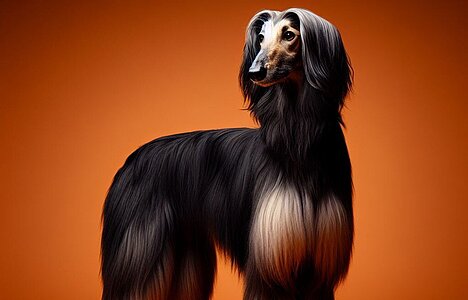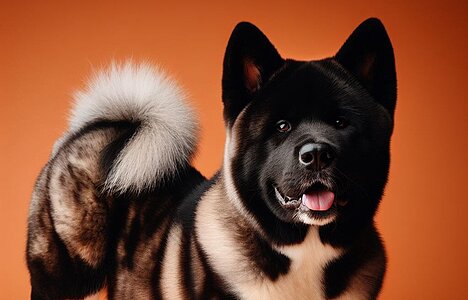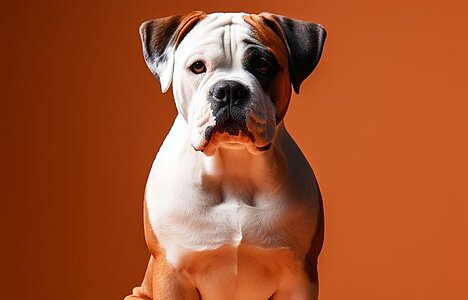The coat pattern "Two-colored"

How to recognize the bicolour coat pattern in your dog
In this article, you will learn all about the bi-colored coat pattern, which is found in many dog breeds. Read on to find out whether your dog belongs to this group and what this means for their health and behavior.
What is the bi-colored coat pattern?
A bi-colored coat pattern means that your dog has two different colors in its coat. This is usually a base color and a markings color. The base color is the dominant color that covers most of the coat. The markings color is the secondary color that appears on certain parts of the body, for example on the paws, chest, face or tail. The markings can be lighter or darker than the base color.
Which dog breeds have the two-tone coat pattern?
The bicolored coat pattern is common in many dog breeds, for example:
- Beagle
- Bernese Mountain Dog
- Border Collie
- Boxer
- Dachshund
- German Shepherd Dog
- Doberman
- Labrador Retriever
- Rottweiler
- Yorkshire Terrier
and many more. However, this does not mean that every dog of these breeds is bi-colored. There are also dogs with other coat patterns, such as solid, piebald or merle.
What does the bi-colored coat pattern mean for your dog's health?
The bi-colored coat pattern has no direct influence on your dog's health. It is merely a genetic trait inherited from his parents. However, some diseases can be associated with certain colors or coat patterns. For example, dogs with a lot of white in their coat are more prone to deafness or skin problems. This is because the gene for white color also affects the gene for skin and ear pigmentation. So if your dog has a lot of white in his coat, you should regularly check his ears and skin and protect him from excessive sunlight.
What does the bi-colored coat pattern mean for your dog's behavior?
The two-tone coat pattern also has no direct influence on your dog's behavior. Your dog's behavior depends much more on its breed, upbringing, environment and personality. However, there are some studies that have found a correlation between coat color and the temperament of dogs. For example, black dogs are said to be calmer and friendlier than brown or red dogs. This could be because black dogs produce fewer stress hormones than other colors. But these results are not conclusive and can be influenced by many other factors. Therefore, you should not judge your dog by its coat color, but by its individual character.








